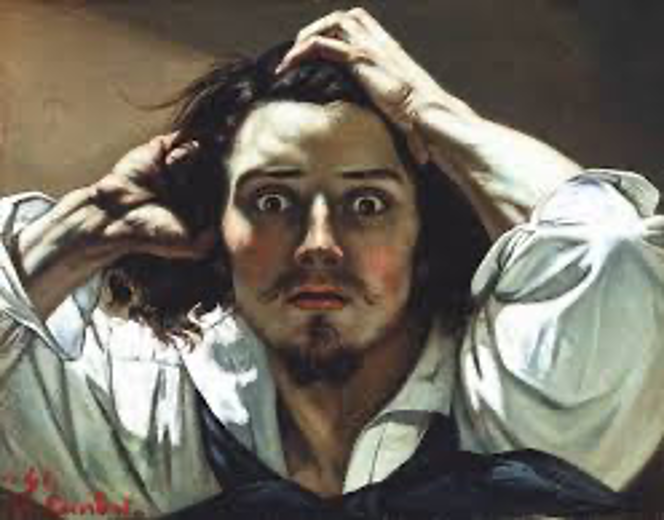Post Modern Era Blog
The Post Modern era was from 1980 to present Postmodern art rejected and questioned the styles and techniques used in modern art, altogether redefining what art can be. Three of the artist from the 1980 that I am going to blog about are Keith Haring, Eric Fischi and Jean-Michel Basquiat. Post Modern Artist Keith Haring The Last Rainforest by Keith Haring. New York 1989 This painting that Keith painted was his last great masterpieces. This painting is more detailed, more complex than some of his other paintings. In this painting yo see very detailed line and also colors. There are many motifs in this work that we recognize. On the upper right hand side one can make out Haring’s oft-repeated Pyramid form and not far away is his similarly relied upon lightbulb. There are multiple televisions littered around the all-consuming landscape, Untitled, 1986, Oil and Acrylic on Canvas by Keith haring In this painting by Keith you will s...

